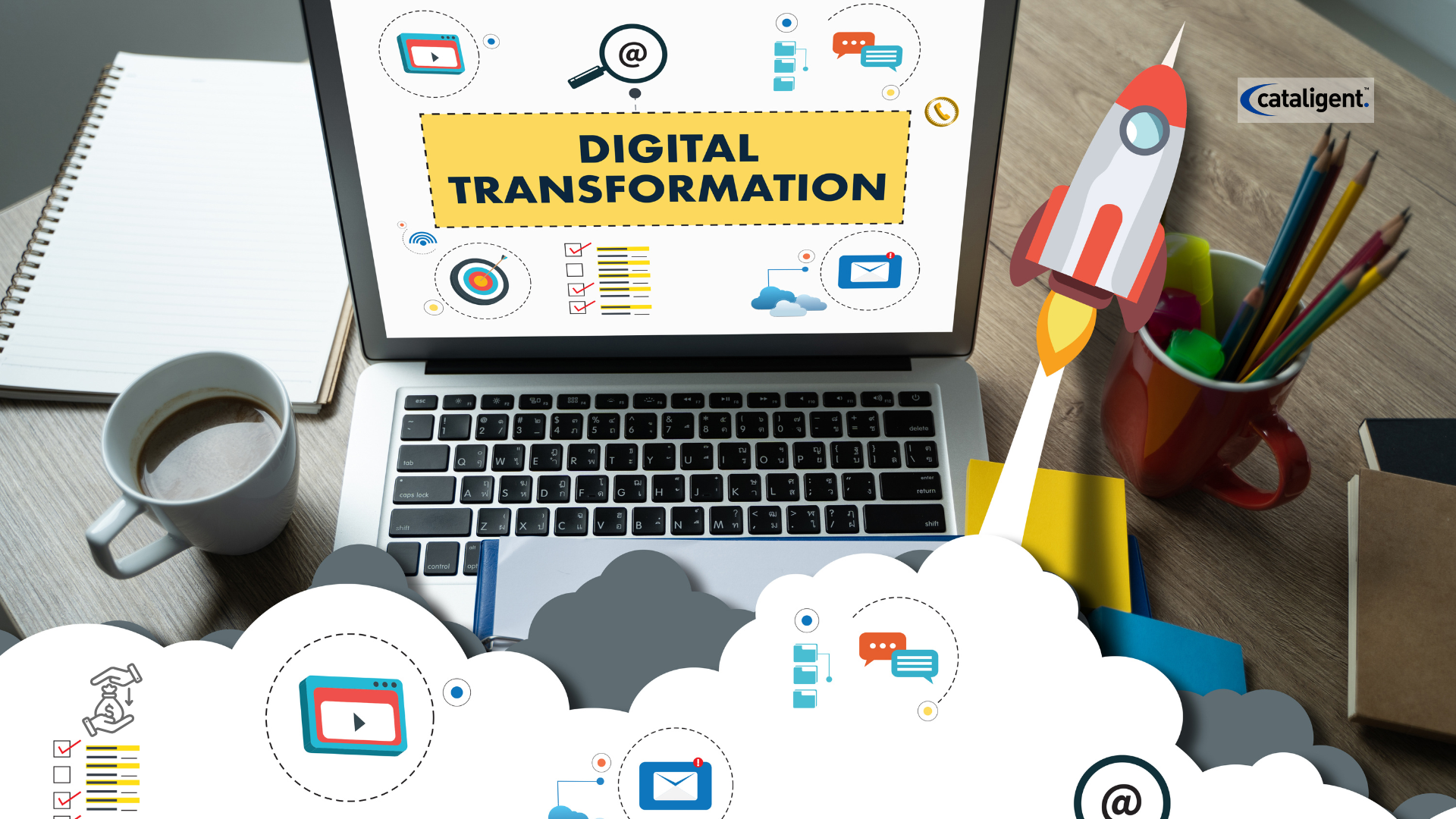Digital transformation is the integration of digital technology into all areas of a business, fundamentally changing how operations are conducted and how value is delivered to customers. Beyond modernization, it serves as a strategic cost-saving approach that can streamline processes, optimize resources, and reduce unnecessary expenditures.
What Digital Transformation Entails
Digital transformation involves adopting advanced technologies such as automation, cloud computing, AI, machine learning, data analytics, and integrated business systems. It is about rethinking workflows, communication, and decision-making to leverage technology for operational efficiency and cost control.
Why Digital Transformation is Critical for Cost Savings
Organizations face rising operational costs, increasing competition, and evolving customer demands. Digital transformation addresses these challenges by:
- Reducing Manual Workloads: Automation cuts down repetitive tasks, lowering labor costs.
- Minimizing Errors and Rework: Digital systems enforce standardized processes, reducing costly mistakes.
- Optimizing Resource Utilization: Data insights ensure personnel, materials, and equipment are deployed efficiently.
- Enhancing Decision-Making: Real-time analytics allow faster, evidence-based strategic choices.
- Providing Scalable Solutions: Cloud and digital platforms support growth without proportionally increasing costs.
- Increasing Transparency: Digital workflows offer visibility and accountability across operations.
Key Strategies for Cost Savings Through Digital Transformation
- Workflow Automation: Automate approvals, task assignments, and reporting to reduce manual intervention and accelerate operations.
- Cloud Adoption: Move IT infrastructure and applications to the cloud to save on hardware, maintenance, and energy costs.
- Data Analytics and Business Intelligence: Leverage real-time data to identify inefficiencies, optimize resources, and implement proactive cost controls.
- Integrated Systems: Link ERP, CRM, HR, and financial platforms to eliminate silos, reduce redundancy, and enhance decision-making.
- AI and Machine Learning: Utilize predictive analytics and automated decision-support systems to minimize waste and optimize operations.
- Digital Collaboration Tools: Adopt modern communication platforms to reduce paper, travel, and inefficient manual processes.
Implementing Digital Transformation Effectively
- Process Assessment: Identify workflows where digital solutions can deliver maximum cost savings.
- Technology Selection: Choose secure, scalable, and integrable platforms aligned with business goals.
- Change Management and Training: Equip teams to adopt new tools seamlessly.
- Continuous Monitoring: Track performance metrics and cost-saving outcomes to refine strategies.
- Security and Compliance: Protect data and ensure adherence to regulations to avoid costly penalties.
Business Impact of Digital Transformation as a Cost-Saving Strategy
- Lower Operational Costs: Automation, AI, and integrated systems reduce expenditures.
- Optimized Resource Utilization: Real-time insights ensure effective use of personnel, technology, and materials.
- Faster Decision-Making: Proactive analytics prevent unnecessary costs.
- Scalable Growth: Digital platforms allow expansion without proportional overhead increases.
- Sustainable Savings: Continuous monitoring ensures ongoing cost control.
How Cataligent Enables Cost Savings Through Digital Transformation
Cataligent provides a holistic approach to digital transformation that drives measurable cost savings:
- Automated Workflows: Reduce manual workloads and errors.
- Cloud and System Integration: Ensure unified data flow and real-time insights.
- Analytics and BI Dashboards: Monitor performance, resource utilization, and cost-saving opportunities.
- AI and Predictive Tools: Forecast demand and prevent inefficiencies.
- Secure and Scalable Solutions: Enterprise-grade security with flexible deployment options.
By partnering with Cataligent, businesses can transform digital initiatives into strategic cost-saving mechanisms, reducing operational expenses while enhancing efficiency.
Conclusion
Digital transformation is more than technology adoption—it is a strategic approach to saving costs. By integrating automation, AI, analytics, and digital systems, businesses can streamline operations, reduce expenses, and achieve sustainable growth. Platforms like Cataligent provide the tools, expertise, and insights necessary to implement digital transformation effectively, converting technology into tangible cost-saving outcomes and long-term operational resilience.


It’s fascinating how digital transformation doesn’t just modernize tools but redefines entire business processes. By optimizing resource allocation and eliminating waste, businesses can truly realize cost savings while improving efficiency.